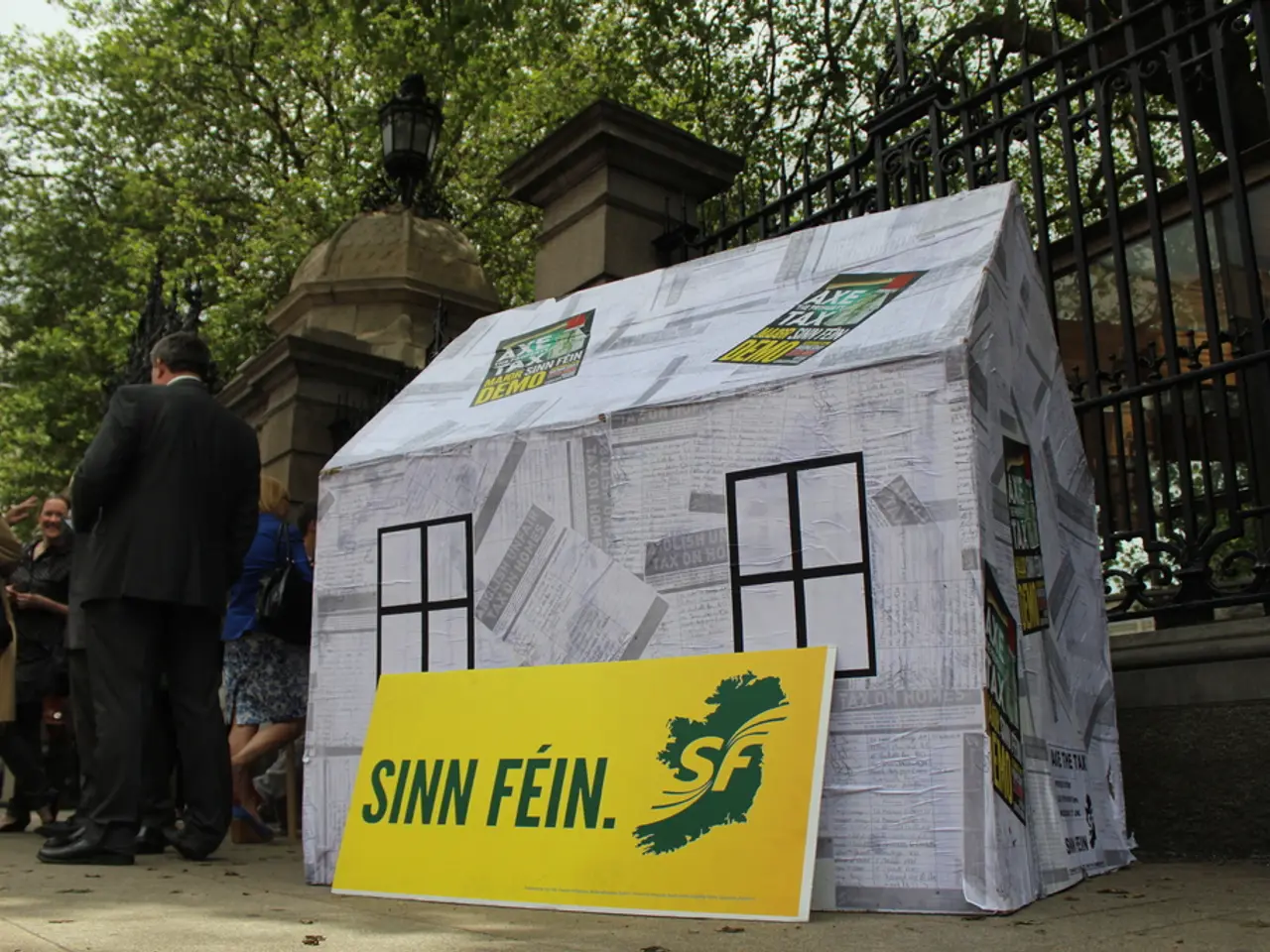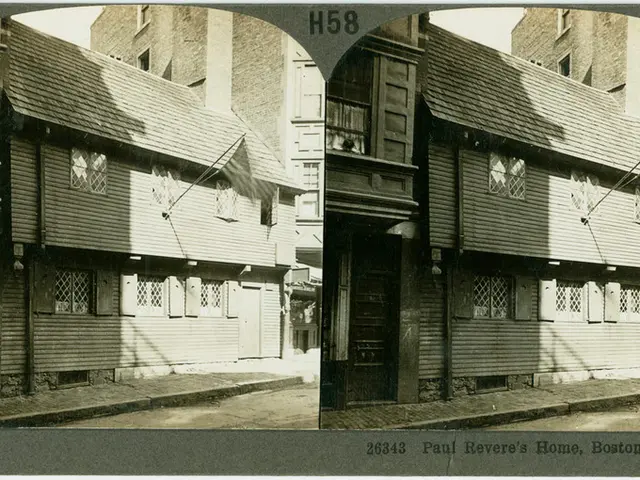Number of Apartments Frozen from Rent Increase
New York City, a bustling metropolis known for its skyscrapers and vibrant culture, is home to a diverse housing landscape. From co-op units and condos in luxury buildings to public housing complexes, the city's rental market caters to a wide range of residents.
More than two-thirds of all housing in the city is occupied by renters, with over two million units available. The rental market in New York City is segmented into five main categories: market-rate, rent-controlled, rent-stabilized, public housing, and other rent-regulated units.
Market-rate units have rents set entirely by landlords according to current market demand with no government limits. These tend to have the highest rents and the least tenant protections.
Rent-controlled units apply only to apartments built before 1947 with tenants continuously living there since July 1, 1971. Rent increases are minimal, often frozen or very low, and rents can be passed down generationally if succession rules are met.
Rent-stabilized units are much more common in NYC and cover buildings generally constructed between 1947 and 1974 (and some later). Rent increases are set annually by the Rent Guidelines Board, allowing controlled but regular rent hikes. These units provide security of tenure, limits on fees, and protections, benefiting especially low-income tenants, seniors, and immigrants.
Public housing units are government-owned and subsidized properties managed by the NYC Housing Authority, primarily for low-income families. Rents are income-based, usually a fixed percentage of tenant income, and offer strong tenant protections with long-term leases.
Other rent-regulated units include variations under local laws or programs that may have distinct provisions but generally aim to keep rents affordable and provide tenant stability.
The current political landscape of New York City has seen a focus on rent regulation. Zohran Mamdani, a Democratic mayoral nominee, has proposed a rent-freeze policy aimed at halting increases on nearly one million rent-stabilized units in the city. Additionally, former Governor Andrew Cuomo has introduced a means-tested housing proposal called "Zohran's Law," which aims to prohibit landlords from leasing rent-stabilized units to wealthier occupants.
This system creates a layered housing market with significant rent stability for long-term tenants but a challenging environment for newcomers facing high market rents and limited supply. Understanding the differences between these rental unit types can help residents navigate the city's housing landscape more effectively.
Read also:
- United States tariffs pose a threat to India, necessitating the recruitment of adept negotiators or strategists, similar to those who had influenced Trump's decisions.
- Weekly happenings in the German Federal Parliament (Bundestag)
- Southwest region's most popular posts, accompanied by an inquiry:
- Discussion between Putin and Trump in Alaska could potentially overshadow Ukraine's concerns








